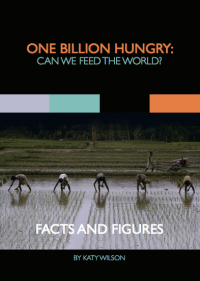This week’s summary on the news stories, reports and blogs that have grabbed our attention. We welcome your thoughts and comments on these articles.
Deep emissions cuts needed by 2050 to limit warming: U.N. draft, Reuters
Teaching a humongous foundation to listen to small farmers, Grist
New report links aquaculture and poverty reduction, WorldFish
The MDG Hunger Target and the Contested Visions of Food Security, Fukuda-Parr & Orr
The Power of Numbers: Why the MDGs were flawed (and post2015 goals look set to go the same way), From Poverty to Power
At last, some evidence on the national impact of the MDGs. In Zambia, rivalry with other governments and measurable indicators have made a difference, From Poverty to Power
The GMO Fight Ripples Down the Food Chain, The Wall Street Journal
How GMO crops conquered the United States, Vox
Coming soon: Genetically edited fruit?, EurekAlert
Let’s Use Organic and GMOs to Feed the World, Huffington Post [Read more…]










